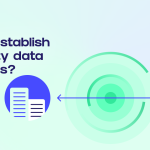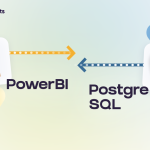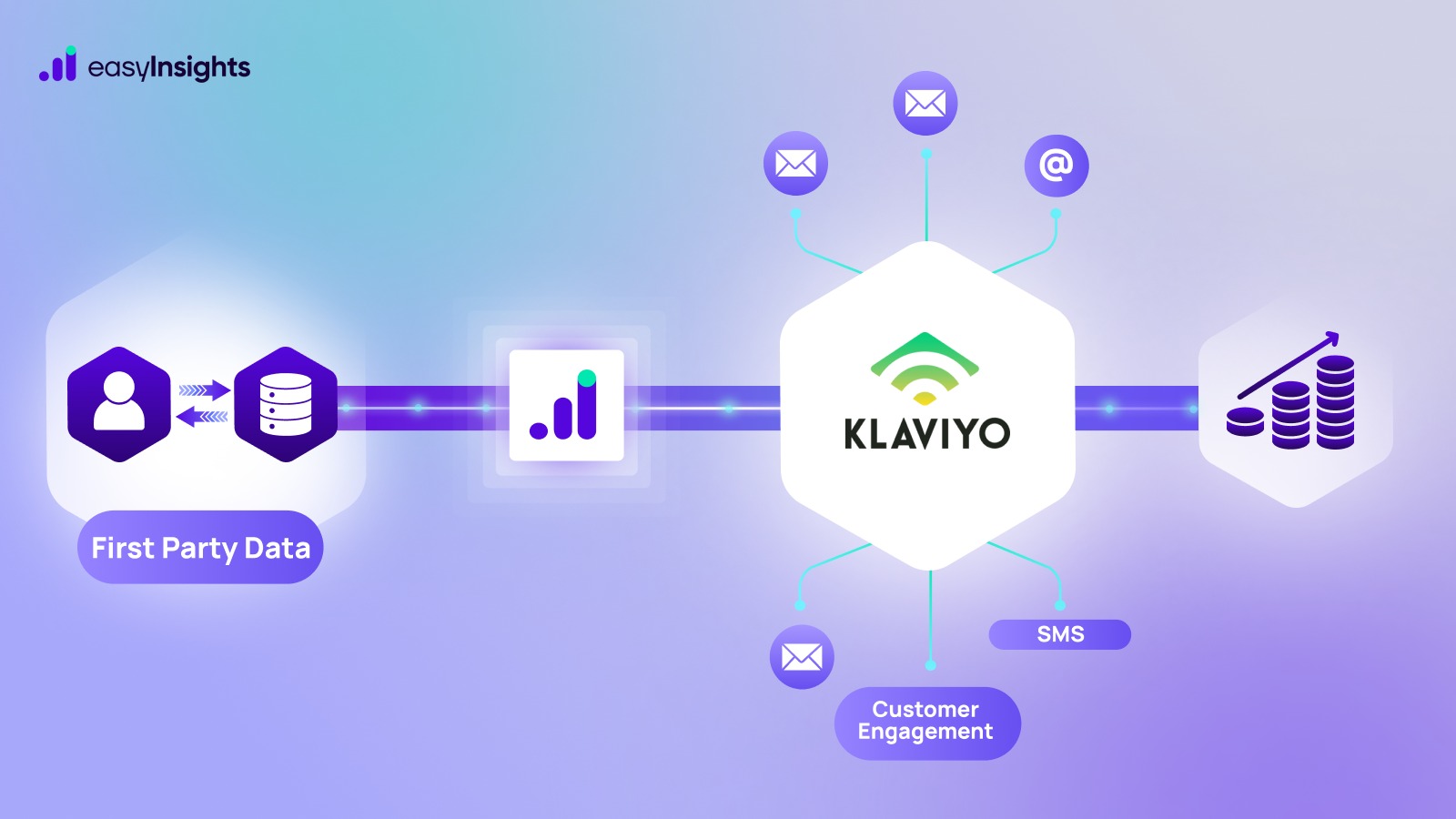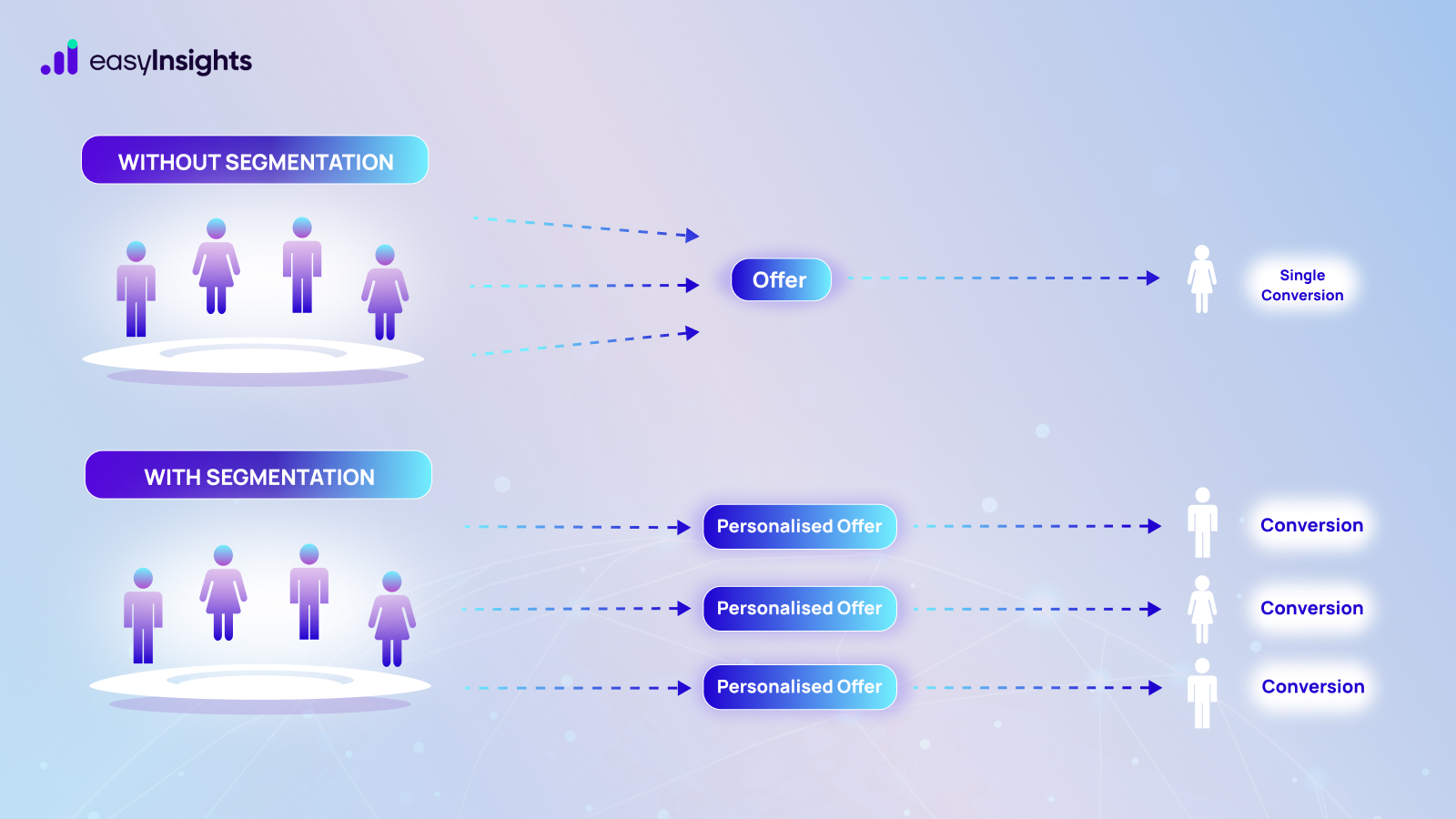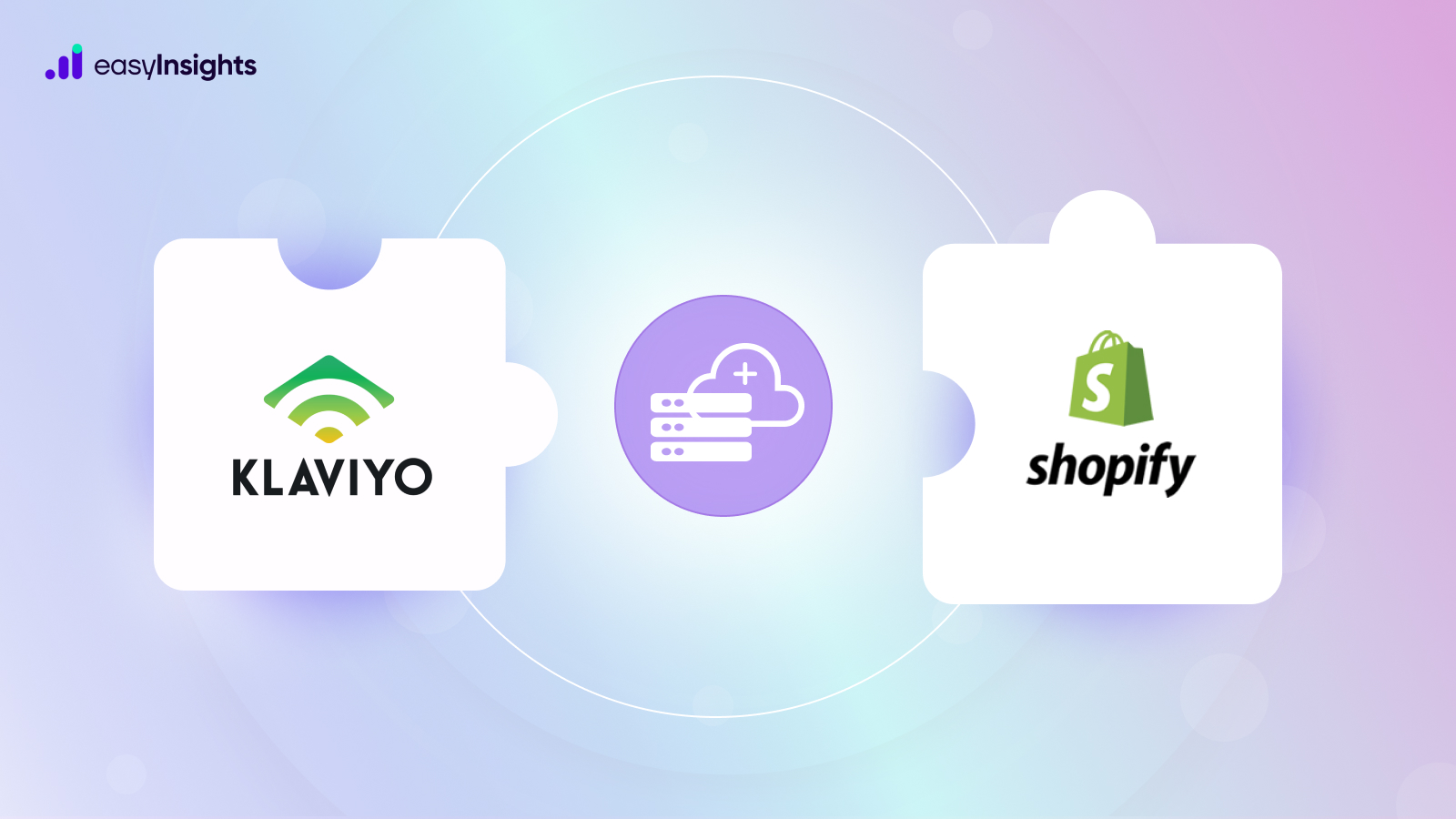
Many organizations store their data on PostgreSQL Servers depending on the use case. Visualizing this data can be very beneficial in gathering important insights that can aid in objective decision-making in the organization. Tableau is an excellent Business Intelligence tool for visualizing data stored in PostgreSQL Server. Tableau’s various functionalities and features can assist in efficiently visualizing this data and creating Dashboards.
This article will introduce you to PostgreSQL, its applications, and two methods for integrating Tableau and PostgreSQL to visualize your PostgreSQL data on Tableau.
Also read: How to connect PowerBI with Postgres, and Google Data Studio with Postgres
Jump ahead to:
What is Tableau?
Tableau is a tool that allows people to quickly visualize and understand data. It allows you to create worksheets, reports, and customized dashboards, and it also provides performance monitoring to help you get the most out of them. It can be accessed via a desktop app or through the cloud.
What is PostgreSQL?
PostgreSQL is widely regarded as one of the most sophisticated open-source databases. It is strong and well-suited for BI applications. It is scalable and beautifully designed. PostgreSQL is a powerful, open-source object-relational database system that uses and extends the SQL language and includes numerous features for safely storing and scaling the most complex data workloads.
Additional Reading: Leverage Data Warehouses with Composable CDPs
PostgreSQL includes numerous features designed to assist developers in building applications, administrators in protecting data integrity and building fault-tolerant environments, and you in managing your data regardless of how large or small the dataset. This is why it is so popular on the market.
According to the StackOverflow “2021 Developers Survey“, PostgreSQL is the second most-used database technology, trailing only MySQL, and its popularity is growing steadily. Because even though only about 26% of developers were using it in 2017, that number rose to 34% in 2019 and even more than 40% in 2021.
Ways to connect Tableau with PostgreSQL
Connecting Postgres with Tableau using a manual method.
Part 1: Configuring a PostgreSQL Account in Tableau
Since you’ve probably figured out how important PostgreSQL is and can be for your business applications, it’s time to dig deeper. You can integrate PostgreSQL (aka Postgres) with Tableau manually. However, you must first install PostgreSQL database drivers.
Step 1: First, launch Tableau Desktop.
Step 2: Click the Connect to A Server button.
Step 3: Choose PostgreSQL.
Step 4: Type in the name of the server.
Step 5: Choose Port 8060.
Step 6: Enter the Database: workgroup name.
Step 7: Enter your authentication information, such as your username and password.
Step 8: Select the Sign In button.
Step 9: A live connection between Tableau and PostgreSQL will be established.
Step 10: The Read-Only user will have access to various tables.
Step 11: Choose one or more tables with which to create a relationship.
Step 12: Click the Worksheet button or press Ctrl+M.
Part 2: Tableau Server Version Identification
If you want to find out what version of PostgreSQL you have, do the following:
Step 1: Sign in to Tableau Server first.
Step 2: Launch the Task Manager.
Step 3: Navigate to the Details tab.
Step 4: Right-click on the postgre.exe processes and select End Process.
Step 5: Decide on the properties.
Step 6: Determine the PostgreSQL version that is currently installed.
This method of connecting the database to Tableau appears simple. However, in the real world, you are most likely working with multiple data sources to collect data and maintain it in a Postgres database.
For example, to create a holistic marketing report, you may need to import data from ad platforms like Facebook & Google, analytics platforms like GA, MMP like Appsflyer and CRM etc. Investing immeasurable hours daily to collect & maintain data in a Postgres database is a tedious and time consuming task that produces unnoticeable errors. Optimisations and Analyses based on these reports and dashboards are inefficient and can affect your business adversely.
It takes more than 40% of the marketers’ time just to log in to the multiple platforms and export, transform and upload it to the BI tools.
That’s where a tool like EasyInsights comes in handy!
EasyInsights’ allows you to transfer data from any source fully automated and securely without having to rewrite the code. It enables you to not only export and load data but also transform and enrich data and make it analysis-ready. Although you can manually connect the tools, EasyInsights makes it easier to use Tableau and PostgreSQL together by allowing you to pull data from other data sources and data integration tools.
Connecting Postgres with Tableau using EasyInsights
Here’s how you can establish a live connection between Tableau Desktop and PostgreSQL using EasyInsights. You may need to install the PostgreSQL database drivers, also known as Postgres.
Follow the steps below to connect Tableau Server and EasyInsights.
Step 1: First, launch Tableau Desktop.
Step 2: Click the Connect to A Server button.
Step 3: Choose PostgreSQL.
Step 4: Enter the following information:
- IP address or hostname
- Port
- Database
- Username & Password
Select the Authentication option.
This information can be found on the data destination page.
Step 5: Select the Sign In button.
Step 6: A live connection between Tableau and PostgreSQL will be established.
To get you started, EasyInsights focuses on three simple steps:
- Connect: Simply log in with your credentials to connect EasyInsights to the PostgreSQL Server and all of your data sources.
- Integrate: Use EasyInsights’ Managed Data Integration Platform to consolidate data from multiple sources and automatically transform it into an analysis-ready format.
- Visualize: Connect EasyInsights to your preferred reporting tool, such as Tableau, and easily visualize your unified data to gain better insights.
Benefits Of Using EasyInsights to connect Tableau
- Completely automated: The EasyInsights platform is simple to set up and requires little maintenance.
- Real-time Data Transfer: EasyInsights offers real-time data migration so that you always have analysis-ready data.
- 100% Complete & Accurate Data Transfer: EasyInsight’s robust infrastructure ensures dependable data transfer with no data loss.
- Scalability: EasyInsights has built-in integrations from all the popular marketing data sources, allowing you to scale your data infrastructure as needed.
- Generate Insightful reports: EasyInsights helps in generating useful reports. Use reports on Google Sheets to make faster data decisions, or consume it from your inbox.
Why EasyInsights chose PostgreSQL as a Data Warehouse for Marketers?
EasyInsights using PostgreSQL offer several key benefits for marketers, making them a powerful combination for managing and leveraging data for marketing insights and campaigns. Here are some of the main advantages:
Enhanced Data Integration and Management:
- Consolidate diverse data sources: EasyInsights seamlessly extracts data from various marketing tools like CRMs, social media platforms, advertising platforms, and website analytics, centralizing it in PostgreSQL.
- Improved data quality: EasyInsights cleans, transforms, and standardizes data, ensuring consistency and accuracy for analysis and reporting.
- Simplified data access: Marketers gain a single point of access to all their marketing data in PostgreSQL, eliminating the need to navigate multiple disparate systems.
Additional Reading : The Ultimate Guide to Reverse ETL
Streamlined Data Analysis and Insights:
- Faster and more efficient analysis: PostgreSQL’s powerful query capabilities combined with EasyInsights’ automation enable faster data analysis and reporting, saving time and resources.
- Deeper data exploration: Marketers can perform complex queries and create sophisticated reports to uncover hidden trends, customer segments, and campaign performance insights.
- Data-driven decision making: With readily available and accurate data, marketers can make informed decisions about marketing strategies, campaign allocations, and customer targeting.
Cost-Effectiveness and Scalability:
- Open-source advantage: PostgreSQL and EasyInsights combination has reduced licensing costs compared to other commercial solutions.
- Scalable infrastructure: PostgreSQL scales efficiently to accommodate growing data volumes, ensuring the platform can adapt to future marketing needs and data expansion.
- Lower maintenance costs: The open-source nature and community support often lead to lower maintenance costs compared to proprietary solutions.
Additional Benefits:
- Enhanced security and compliance: PostgreSQL offers robust security features, and EasyInsights can further strengthen data protection.
- Improved marketing automation: Data insights from PostgreSQL can be fed into EasyInsights for personalized campaigns and optimized workflows.
- Flexibility and customization: EasyInsights allows for customization and integration with other marketing tools, tailoring the solution to specific needs.
Overall, EasyInsights using PostgreSQL provides a powerful and cost-effective solution for marketers to manage, analyze, and leverage their data for deeper insights, improved decision-making, and ultimately, more successful marketing campaigns.
It’s important to note that choosing the right ETL platform and configuration will depend on your specific data volume, budget, technical expertise, and desired functionalities. Evaluating different options and considering your unique needs is crucial for getting the most out of this powerful combination.
EasyInsights supports pre-built data integrations from all the popular marketing data sources. It provides a fully managed solution for your Tableau data migration process. It will automate your data flow in minutes without requiring you to write a single line of code. EasyInsights provides a truly efficient and fully automated solution for managing data in real time and always having analysis-ready data at Tableau. Book a Demo and talk to our product expert for the Tableau data migration process.
Bonus Read: Unlock First-Party Data for Audience Activation and Data Enrichment
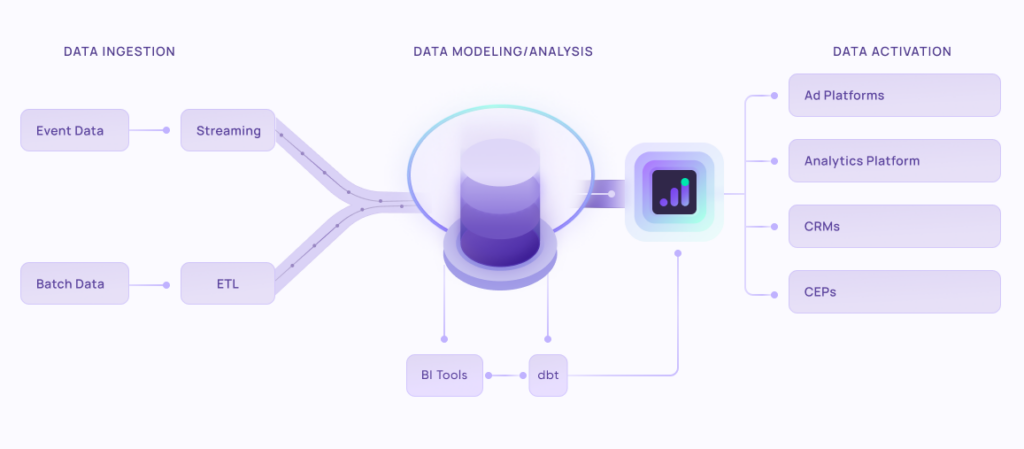
EasyInsights works with data from various platforms for data activation and data enrichment in a few key ways:
Data Collection and Transformation:
- EasyInsights connect directly to your CRMs, ad platforms, analytic platforms, CEPs and other tools allowing it to access and extract the raw data you’ve collected.
- Data Transformation: EasyInsights then cleans, normalizes, and enriches the data to make it usable for activation purposes. This may involve tasks like:
- Formatting data: Ensuring all data points are in a consistent format.
- Handling missing values: Filling in missing data points or removing them according to your preferences.
- Enriching data: Adding additional data points from other sources to create a more comprehensive picture of your customers.
Data Activation:
- Segmentation and Targeting: It allows you to segment your audience based on various criteria like demographics, behavior, and interests using the enriched first-party data.
- Multi-channel Marketing: You can then use these segments to activate your audience across different marketing channels like email, social media, and advertising platforms.
- Customer Relationship Management (CRM): The data can be used to personalize outreach and interactions with customers within your CRM system.
- Marketing Attribution: EasyInsights can help you understand how different marketing channels contribute to conversions and optimize your marketing spend accordingly.
Key Feature:
- Offers features like customer data platform (CDP) capabilities, marketing automation, and campaign management tools.
- Focuses on reverse ETL (extracting data from your warehouse and sending it to marketing tools) and offers pre-built integrations with various marketing platforms.
EasyInsights is a marketer’s preferred tool for first party data activation.
In this age of cross-channel marketing, EasyInsights offers a comprehensive platform to collect, store, and transform all your first-party data.
EasyInsights enhances marketing campaign efficiency in a cookieless landscape with accurate ad signals. It helps brands step away from surface-level metrics and unleash the potential of first-party data to optimize marketing strategies, ensuring a superior Return on Ad Spend (ROAS). It does all this, while being a highly affordable no-code platform with an exceptional customer support apparatus.
Sign up for a demo today to see EasyInsights in action.


